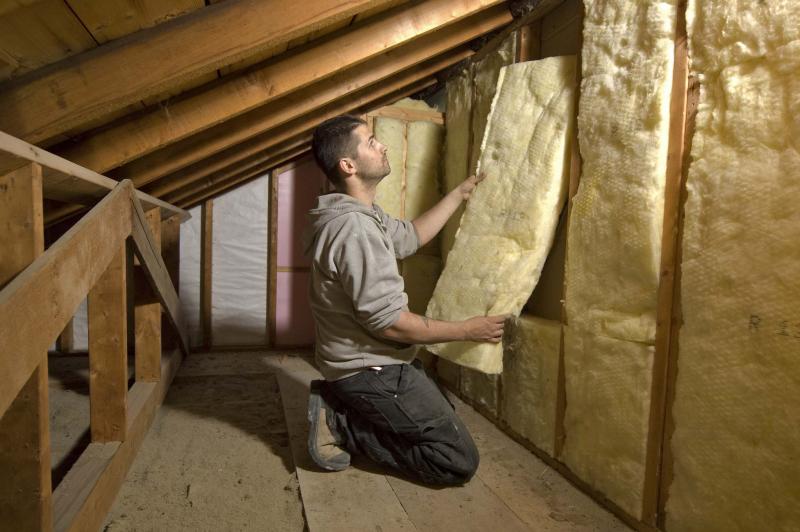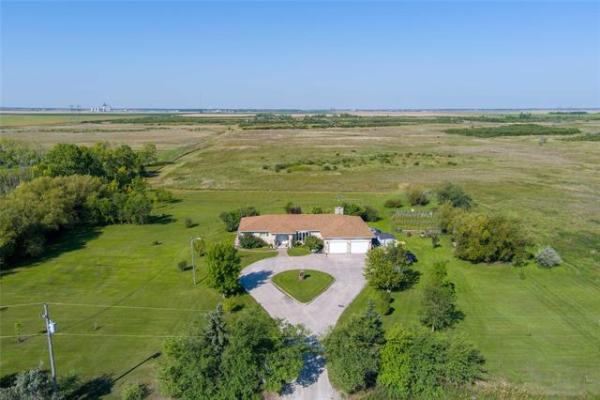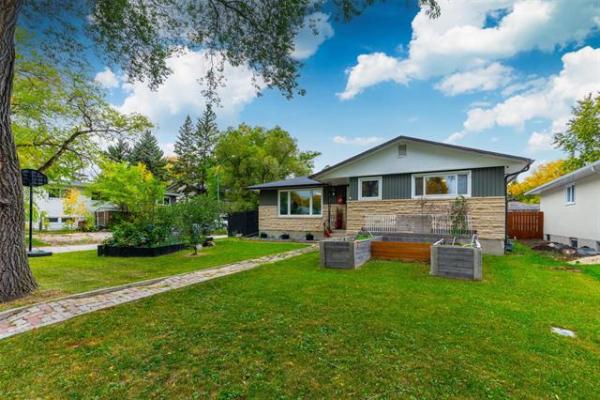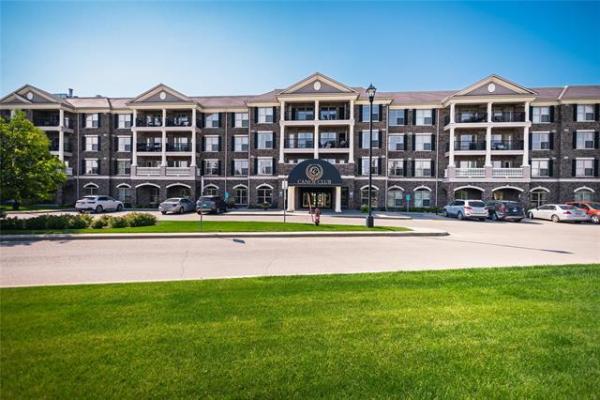Question: My home is a side-by-side bungalow, where the front part of the house has a cathedral-type ceiling over the living room, kitchen and dining area. The adjoining wall between the homes is 11 feet high and the galley-type kitchen attached to this wall has eight foot pony walls, giving a kind of open concept. The rear of the home has a regular-style attic covering the three bedrooms and the bathroom. I have decided to upgrade the insulation and also to do a refit of the kitchen and would like to have a kitchen exhaust fan vented to the outside.
Here is where my dilemma begins. I was thinking an exhaust pipe running over the top of the cupboards and up through the ceiling, attached to the adjoining wall, could be boxed in and would be the least noticeable. I decided to take a look in the attic to see what insulation was up there and to see how the exhaust pipe would work. I have lived in this home for 15 years and have never had the need to look in the attic. The homes in this area were built in 1974 and the attics had wood shavings for insulation, so that is what I was expecting to find. On the cathedral ceiling side of the home there is R-12 batt insulation between the ceiling joists with a sloped attic space above it. On the regular side, the wood shavings are there, but have been topped with grey to black vermiculite. I was not aware of this when I purchased the home. I suppose I should have asked.
I have checked Environmental Health Manitoba’s website and they say there is little or no risk if the vermiculite is not disturbed. I could probably have insulation blown in over this and forego the kitchen exhaust, but my gut feeling is to do it right and have it removed.
I am recently retired and expect to live here for several years before thinking of moving. If and when I do move I want the new owners to know that this home has been well maintained with the best materials. Do you have any suggestions on the best and most cost effective approach to this problem?
— Peter Brown
Answer: Vermiculite insulation in attics is a common phenomenon in our area and may either be a nuisance or a major expense depending on planned renovations. I will give you my suggestions, which may save you thousands of dollars on costly remediation and removal costs.
With the long-overdue news that the Government of Canada is finally placing asbestos on the hazardous materials list and enacting a total ban, I thought this topic was timely to revisit.
One manufacturer of vermiculite insulation, under the brand name Zonolite, has been found to have a significant asbestos content. This material was used as attic insulation primarily in the 1970s and 80s, and may still be present in thousands of Canadian homes.
The general consensus by building specialists, and government agencies such as Health Canada, is that is poses little to no health risk if left undisturbed in a sealed attic. Because the asbestos fibres are only dangerous if they become "friable" and airborne, leaving this material alone in your attic is the best course of action.
This does become a serious issue when homeowners, such as yourself, are planning to do renovations that involve entering or cutting holes into the attic space.
The best approach is to try to plan your renovations without having to damage the ceilings below the attic and avoid entering unless necessary. In your description, it seems as if you are planning on installing the ducts for your new exhaust fan so they exit through the vaulted ceiling, not the insulated attic space containing the vermiculite.
If that is the case, you may not need to disturb the vermiculite portion of the insulation, just the fibreglass batts in the vaulted ceiling.
Unless there is Zonolite on top of these batts that you can’t see, there should be little cause for concern. Someone may have to enter the main attic to properly seal and insulate the ducts after they are connected to the roof vent hood, but that should require only minimal protection to prevent contamination of the home with asbestos.
A simpler approach may be to avoid breaching the ceiling altogether, even in the vaulted area. Instead of running the duct above the cupboards toward the common wall between you and the neighbour, reverse the direction toward the exterior wall of the kitchen. Cutting a hole in this wall for the duct, rather than the ceiling, and installing a vent hood on the exterior wall may be a better choice.
Depending on the planned location of your range hood fan, this may require the same or less skirting to box it in. Sealing a hole in the exterior siding and kitchen wall may also be considerably less work that on the roof, with less chance of air and moisture leakage.
All in all, a lateral duct and vent hood may be a much better approach than a vertical one, making the asbestos issue in the attic a moot point.
Planning renovations that may include cutting into an attic that has asbestos-containing vermiculite insulation requires extra caution and planning.
Avoiding the attic altogether, when installing your new kitchen range hood and ducting, should be the best and least costly solution from all perspectives.
Ari Marantz is the owner of Trained Eye Home Inspection Ltd. and the past president of the Canadian Association of Home & Property Inspectors — Manitoba (cahpi.mb.ca). Questions can be emailed to the address below. Ari can be reached at 204-291-5358 or check out his website at trainedeye.ca.
trainedeye@iname.com




